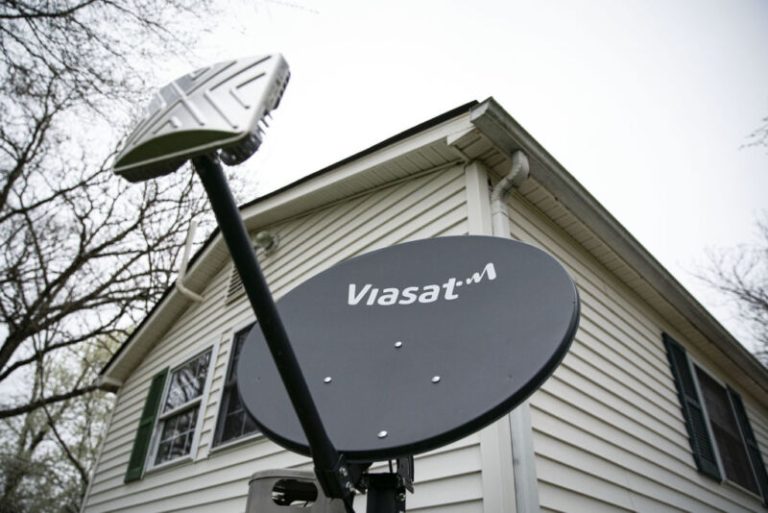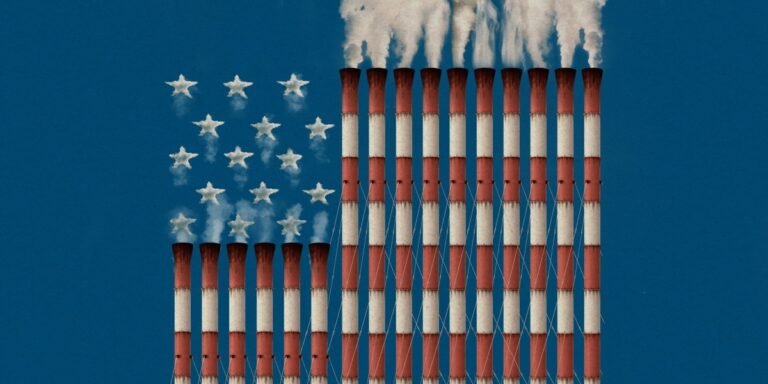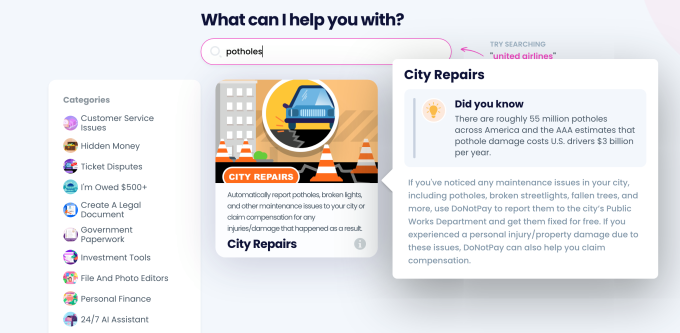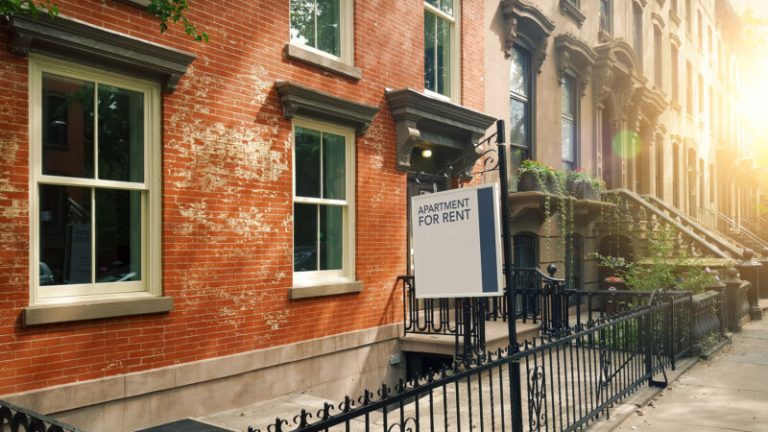The world is now 1.1 degrees Celsius — 2 degrees Fahrenheit — warmer on average than it was at the dawn of the Industrial Revolution. But baked into that seemingly small change in the average is a big increase in dangerous extreme temperatures. That’s made cooling, particularly air conditioning, vital for the survival of billions of people.
The devastation of extreme temperatures is playing out right now in several places around the world. A gargantuan heat wave over India and Pakistan, where 1.5 billion people live, is now in its third week. Just 12 percent of India’s population has air conditioning, but even those people are suffering. The heat has triggered power outages, created water shortages, and killed dozens, although the true toll may not be known for weeks.
Swaths of western Europe are also facing a heat wave, with temperatures forecasted to breach 40°C, or 104°F, later this week.
Closer to home, Texas is currently facing a record-breaking heat wave just as six power plants suddenly went offline. The state’s grid operator, the Electric Reliability Council of Texas, asked residents to avoid using large appliances and set thermostats to 78 degrees Fahrenheit between 3 pm and 8 pm.
These searing temperatures are just the latest in a pattern of increasingly hot weather. A heat wave that would have been a once-in-a-decade event in the 1800s is now hotter and happens nearly three times as often. Heat waves that used to occur once every 50 years are now nearly five times as frequent and reach higher temperatures. Heat records are broken so often they barely register as news. In its latest review of climate science, the Intergovernmental Panel on Climate Change said it is “virtually certain” that heat waves have become more frequent and intense across most land areas since the 1950s.
Extreme heat events are also occurring over a wider region of the globe, from the depths of the ocean to the icy reaches of the Arctic. Heat waves are now such devastating events with long-lasting wounds that some countries say they should be named like hurricanes.
But the most severe risks from high temperatures are in places like India and Pakistan, regions closer to the equator that are already hot and have dense, growing populations. They also have less wealth, so fewer can afford cooling when thermometers reach triple digits.
parts of the world unlivable. The most optimistic scenario is that global average temperatures will rise 1.5°C (2.7°F) this century, which will lead to even more intense and frequent heat waves. Right now, though, the world is on course to shoot well past this target.
Regardless of whether humanity gets its act together and drastically cuts emissions of the greenhouse gases that are warming up the planet, billions of people today and into the future desperately need to cool off. Their lives and livelihoods are at stake, making this one of the most urgent technology and policy challenges.
But staying cool amid the heat poses a paradox: The tactics for cooling can end up worsening the very problem they’re trying to solve if they draw on fossil fuels, or leak refrigerants that are potent heat-trapping gases. And the people who stand to experience the most extreme heat are often those least able to cool off.
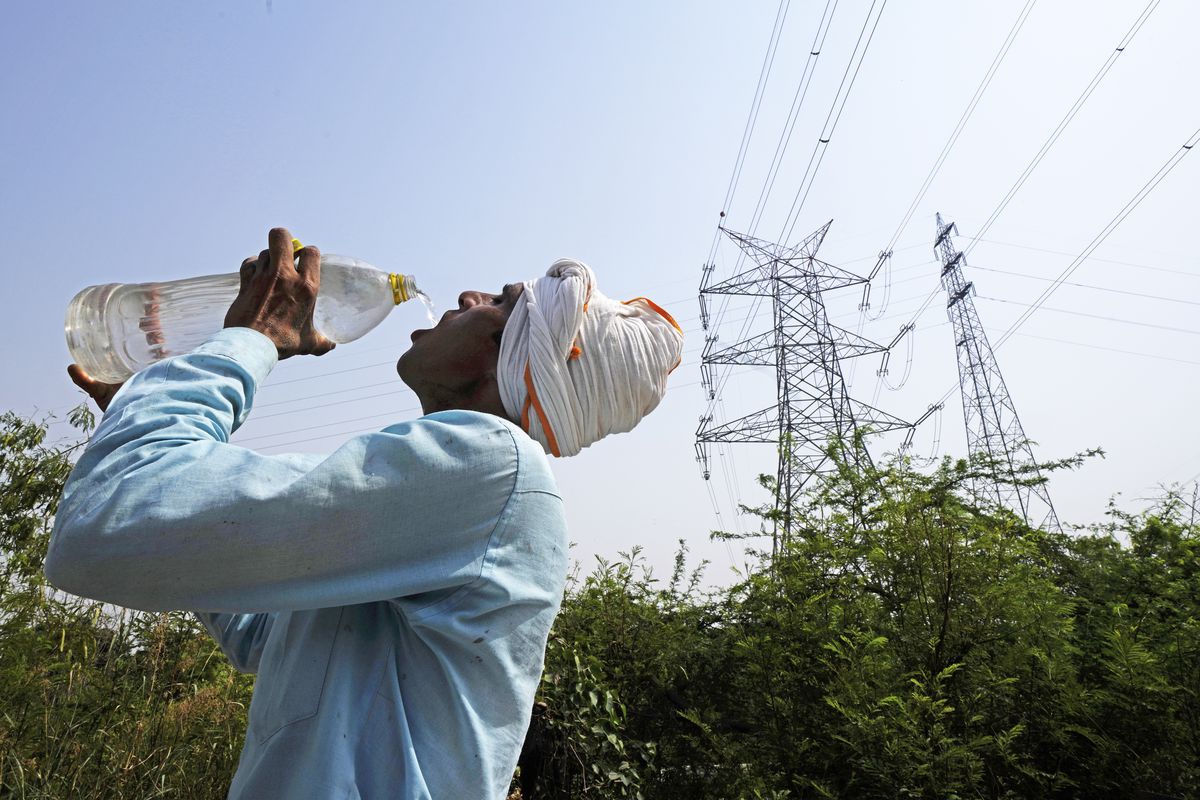
Solving this conundrum requires untangling issues of equity and justice, as well as developing better tools for cooling beyond just ACs. It also requires rethinking the role of cooling in society. It is not a luxury, but a necessity for living in the world that we’ve created for ourselves.
Heat is dangerous and costly, even before it reaches extremes
Ambient temperatures are so foundational to our well-being that it’s easy to overlook their importance and the threat they pose. Extreme heat has been the deadliest weather phenomenon in the United States over the past 30 years, according to the National Weather Service.
That’s because heat has so many ways of hurting people. High temperatures make it harder for humans to shed excess heat. When air reaches temperatures higher than body temperatures, more heat flows into the human body than flows out. That can cause hyperthermia, heat stroke, and death. Some medications can become less effective with heat, while others can make people more susceptible to high temperatures.
During warmer weather, pollutants like ozone form faster, which can lead to breathing problems. In addition, the stress from heat is cumulative. High temperatures at night are particularly worrying because it means people have little relief from the heat during the day. Because of climate change, nights are actually warming faster than daylight hours.
And when extreme heat combines with humidity, the weather can turn lethal. To measure the risk from these conditions, scientists track the wet-bulb temperature, the temperature and humidity conditions where water will not evaporate. Higher wet-bulb temperatures mean it’s harder for a person to cool off by sweating. A healthy person can withstand a wet-bulb temperature of 35°C, or 95°F, for six hours. Older adults, young children, and people with underlying health conditions start to suffer at much lower thresholds.
But high temperatures can cause harm well before they reach the tip of the thermometer. For people who work on farms, on construction sites, in kitchens, or in factories, hotter temperatures lead to more injuries. Avoiding these risks has costs, too, as workers weigh lost wages against the potential for harm at work. Even in cooler workplaces like offices, studies have found that high temperatures reduce productivity and performance.
“The knock-on effects of heat are extraordinary,” said Rachel Kyte, dean of the Fletcher School at Tufts University, who coauthored a 2018 report titled “Chilling Prospects: Providing Sustainable Cooling for All.”
That adds up to a huge economic toll. By one estimate, heat costs the US economy $100 billion per year, a number poised to rise to $200 billion by 2030 and $500 billion by 2050 if nothing is done to mitigate climate change or the resulting harm.
There’s some debate among researchers about whether extreme heat poses a greater public health burden than extreme cold, but rising average temperatures mean that record-breaking cold events are becoming much less common, while heat records will continue to inch higher.
High temperatures with little relief could also pose political challenges. “If you can’t get cool, and you have lots of young people living in cities, that is a recipe for social disruption,” Kyte said. “Nothing will radicalize you more than no job, nowhere to get cool, and nowhere to get healthy or safe food.”
Yet in much of the world, air conditioning isn’t treated as essential. In the US, few states have mandates for cooling in housing, whereas most states and municipalities have a minimum heating requirement for landlords. The federal government does offer low-income households money to help pay for energy bills, including cooling and heating, but those households have to have cooling in the first place. AC is not required in federal public housing.
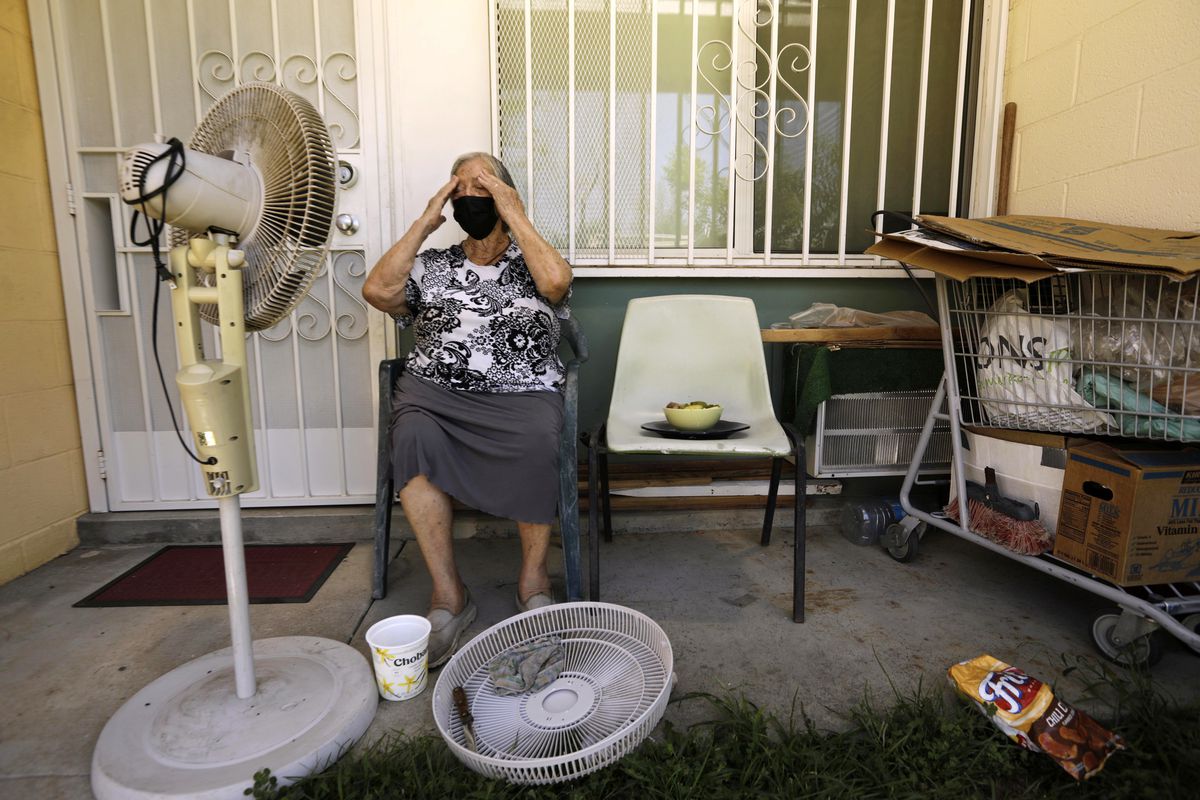
So a huge part of the challenge in preventing harm from heat is getting people and policymakers to recognize the threat and treat cooling as a lifesaving tool.
The climate paradox of air conditioning
Cooling technologies, particularly air conditioning, have been reshaping societies around the world since Willis Carrier invented a device to prevent humidity from messing with ink at a Brooklyn printing plant in 1902.
These changes have had far-reaching and unexpected effects. In his 2014 book How We Got to Now: Six Innovations That Made the Modern World, author Steven Johnson connected the dots between the spread of air conditioning and the election of Ronald Reagan: ACs made the southwestern US more hospitable, and the growing population of the region became an important base of support for Reagan.
Lee Kuan Yew, Singapore’s first prime minister, said air conditioning was the sine qua non of his country’s formation.
There are now roughly 2 billion air conditioners in use around the world today, with half of those units in the US and China alone. Cooling systems like ACs, fans, and ventilation account for about 20 percent of energy use in buildings globally, according to the International Energy Agency. That adds up to two-and-a-half times as much electricity consumed globally for cooling as the entire continent of Africa uses.
medicine, electronics, and, as Carrier found, books. By 2050, AC energy use is poised to triple on its current course, according to the IEA — which is roughly equivalent to the amount of electricity China uses today.
Within the current crop of air conditioners, there is wide variation in efficiency and the power sources they use. The spaces they cool aren’t all insulated the same ways, either.
There is also a huge gap in access. The IEA notes that for the nearly 3 billion people living in the hottest parts of the world, only 8 percent of them have ACs. And within countries, ACs are not distributed evenly. Access varies by income, but also by location. Last summer’s massive heat wave across the Pacific Northwest was especially worrying because so few people in the region have air conditioners due to the ordinarily mild climate. Seattle has the lowest percentage of households with air conditioning of any major metro area in the US. That likely contributed to hundreds of excess deaths.
Disparities in access to air conditioning also fall along racial lines. Black residents in New York City account for half of heat-related fatalities despite being 22 percent of the population; access to air conditioning is a key factor. Another is that neighborhoods with predominantly racial minority residents have fewer green spaces, foliage, and tree cover. Instead, their neighborhoods often have more concrete and asphalt. That worsens the heat island effect and makes temperatures in these areas rise higher than their surroundings.
It’s also a law of nature that you can’t cool a space without heating up another. In cities, the heat from running ACs at night can raise ambient temperatures by 1°C, or 1.8°F.
Air conditioners pose another direct problem for the climate. Many of them use refrigerants that are also powerful heat-trapping gases. Chemicals like hydrofluorocarbons (HFCs) can be upward of 12,000 times more potent at trapping heat in the atmosphere than carbon dioxide. Small coolant leaks multiplied by billions of AC units could be devastating for the climate.
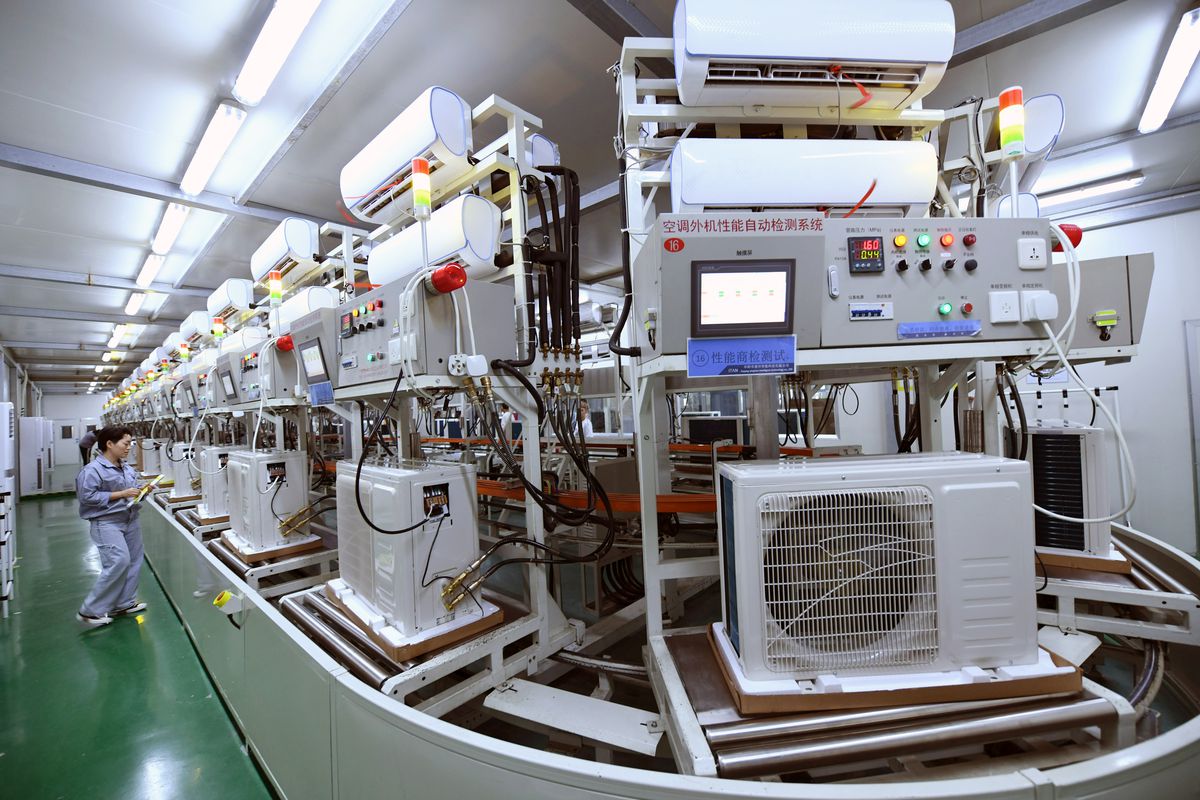
The good news is, there is a lot that can be done. And some of that work is underway now.
Cooling in the climate change era requires a multi-pronged strategy
In current heat waves around the world, the priority must be saving as many lives as possible, even if the only options draw on fossil fuels.
“You can’t not give people power because the only power you can give them is power with too much coal in the energy mix,” Kyte said.
However, taking the temperature down has to remain an urgent priority, even after the weather cools off.
There are many ways to curb the climate impacts of ACs. “The answer lies first and foremost in improving the efficiency of air conditioners, which can quickly slow down the growth in cooling-related electricity demand,” wrote Fatih Birol, executive director of the IEA, in a 2018 report. With greater energy efficiency, air conditioners do more with less. Also, homes and businesses need better insulation and sealing to prevent waste.
Another method is to manufacture more air conditioners that don’t use HFCs or other heat-trapping gases. Many countries, including the US, are phasing out HFCs. The US Senate will soon vote to ratify the Kigali Amendment to the Montreal Protocol, an international treaty that commits to cutting HFCs 85 percent by 2050.
At the same time, there is going to be a massive market for sustainable cooling technologies. “There are billions of people that aspire to be wealthy, and as your income starts going up, you’re going to want to have access to cooling,” Kyte said.
The electricity that powers air conditioners needs to come from sources that don’t emit greenhouse gases, so dialing down coal, oil, and natural gas power on the grid and ramping up wind, solar, and nuclear energy is crucial.
Technology alone is not enough. ACs are only useful for people who work indoors, but millions still labor outside. Reducing outdoor air temperatures requires careful planning to ensure adequate shade and measures like cool roofs. For some jobs, workers will have to take on schedules that keep them out of the sun during the hottest times of day. In some places, the only tolerable times to work outdoors are at night.
district cooling systems. And in emergencies, people will need public cooling centers.
Regulators need to step in, too. The US currently doesn’t have a national workplace standard for heat exposure, but the Occupational Safety and Health Administration is now in the process of developing a rule to protect workers from high temperatures. Governments also need to enforce tougher standards for energy efficiency in cooling.
The fixes for extreme heat don’t stop at the border. The countries that have historically burned the most fossil fuels now have the wealth to cope with rising temperatures, while those who contributed least to the problem are facing the most dangerous heat with the fewest resources. Ergo, rich countries are obligated to help places facing dangerous heat deploy cooling, and to help pay for it.
“I think that the economic case and the global security case for investing in these countries’ ability to deploy hyper-efficient, nonpolluting technologies is pretty damn clear,” Kyte said. “We’re all living on the same planet.”
So while billions of people are facing more devastating and extreme heat, protecting them and avoiding as much warming as possible benefits everyone on Earth. Air conditioning is now an unfortunate necessity, but it’s also an opportunity to address some of the underlying injustices of climate change.


